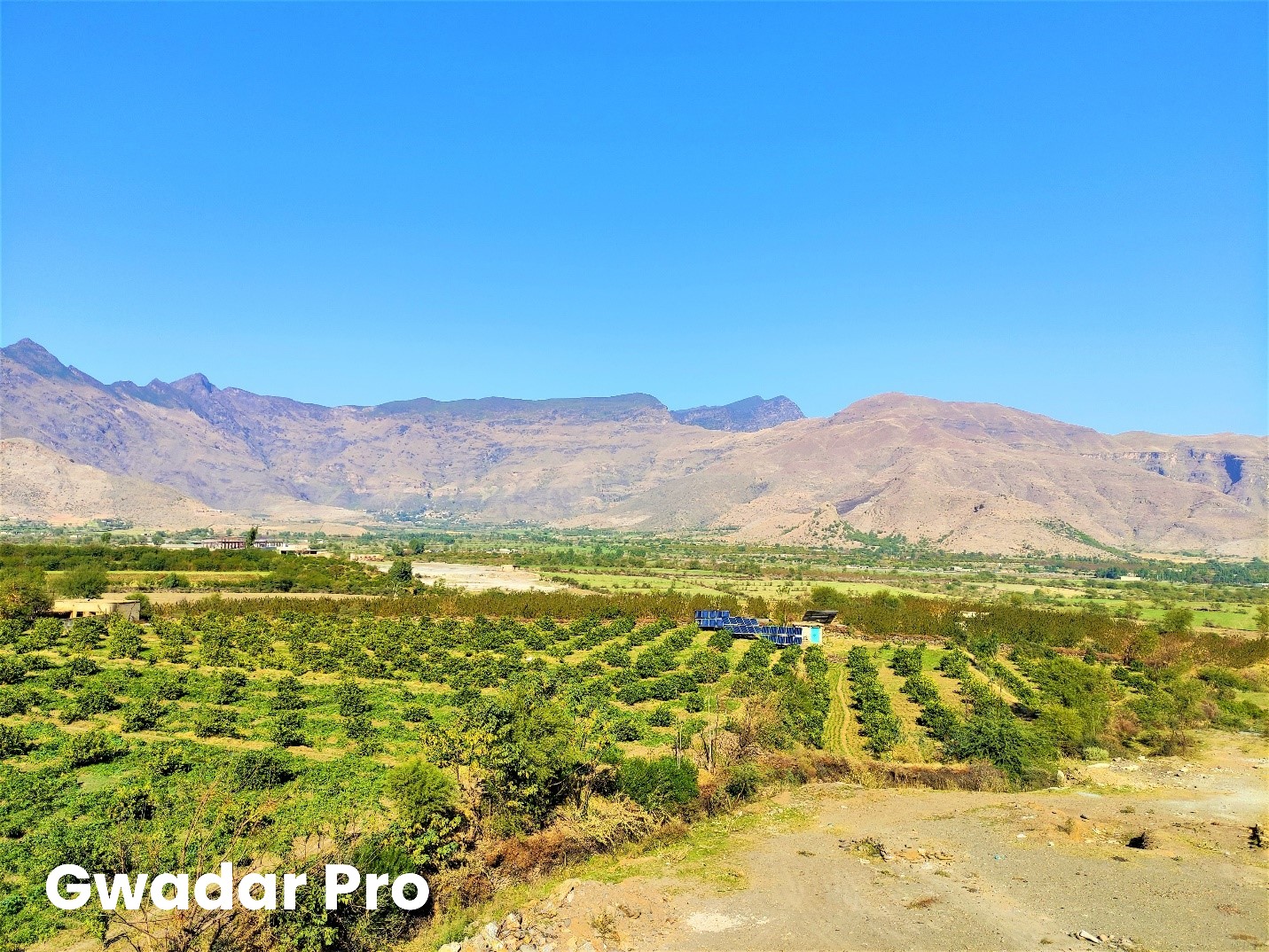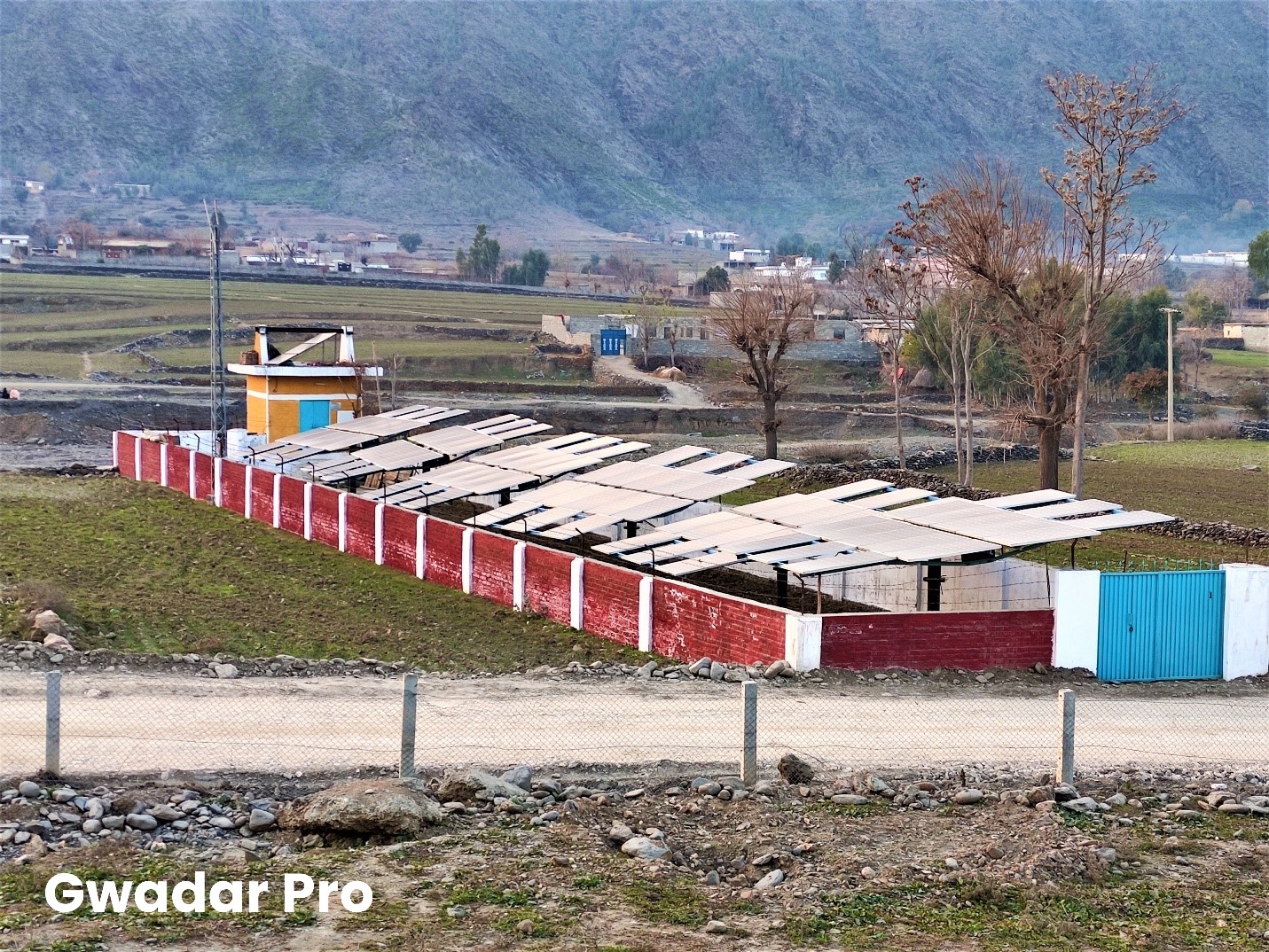ghazi52
PDF THINK TANK: ANALYST

- Joined
- Mar 21, 2007
- Messages
- 101,810
- Reaction score
- 106
- Country
- Location
,..,
August 5, 2022

Ambassador of the United States to Pakistan Donald Blome on Thursday handed over 36 vehicles to Khyber Pakhtunkhwa health minister Taimur Khan Jhagra. — Photo courtesy: USAID Twitter
PESHAWAR: Ambassador of the United States to Pakistan Donald Blome on Thursday handed over 36 vehicles to Khyber Pakhtunkhwa health minister Taimur Khan Jhagra saying the initiative will improve health service delivery at primary and secondary care level as well as coronavirus detection and vaccination through better surveillance and monitoring.
“We [US] enjoy 75 years long cooperation with Pakistan. Our country is assisting the host population in addressing their public health issues through disease surveillance initiatives and will continue with it,” the ambassador told the vehicles handing over ceremony here.
Mr Blome said the US was providing technical assistance to Pakistan for effective response to Covid-19 and had so far donated 62 million vaccine doses to it.
He said the US was cooperating with Pakistan at the federal level with priority being given to the violence-hit Khyber Pakhtunkhwa province.
“We [US] are assisting Pakistan to improve its maternal health and bring down child mortality through various initiatives,” he said.
The ambassador said the US had imparted training to 27,000 Pakistani doctors.
He said the USAID Integrated Health Systems Strengthening and Service Delivery activity was meant to improve public trust in the provincial government’s services, improve governance, enhance equitable delivery of basic services, including Covid-19 care and inoculation and strengthening health security.
“We [US] have refurbished and donated essential equipment to 180 primary healthcare facilities in addition to operationalisation of seven more hospitals to make maternal, newborn and child healthcare effective,” he said.
Mr Blome said training had been given to 3,000 healthcare providers on infection control and prevention, while 400 were trained in management of critical Covid-19 patients in ICU.
He also said 16,000 lady health workers underwent training in the management of virus-hit people at home.
The ambassador said the US mission, in collaboration with the provincial government, had imparted training to 500 members of the rapid response teams to strengthen monitoring and surveillance and control the outbreak of Covid-19.
He said bilateral cooperation had benefitted both countries over the years and it would continue.
US Consul General in Peshawar Richard H. Riley and USAID Mission Director Reed Aeschliman were also present.
Health minister Taimur Khan Jhagra termed the USAID’s support as crucial for strengthening the Integrated Disease Surveillance System in the province and counted the measures taken by the Pakistan Tehreek Insaf’s government for revamping the health system in the province.
The minister appreciated the US’s assistance in establishing the state-of-the-art burns centre in Peshawar.
“Under a reform programme, we [KP government] have accorded autonomy to 11 teaching hospitals and initiated basic reforms in primary and secondary care system to benefit patients,” he said.
Published in Dawn, August 5th, 2022
US donates 36 vehicles to health dept. for better service delivery
Ashfaq YusufzaiAugust 5, 2022

Ambassador of the United States to Pakistan Donald Blome on Thursday handed over 36 vehicles to Khyber Pakhtunkhwa health minister Taimur Khan Jhagra. — Photo courtesy: USAID Twitter
PESHAWAR: Ambassador of the United States to Pakistan Donald Blome on Thursday handed over 36 vehicles to Khyber Pakhtunkhwa health minister Taimur Khan Jhagra saying the initiative will improve health service delivery at primary and secondary care level as well as coronavirus detection and vaccination through better surveillance and monitoring.
“We [US] enjoy 75 years long cooperation with Pakistan. Our country is assisting the host population in addressing their public health issues through disease surveillance initiatives and will continue with it,” the ambassador told the vehicles handing over ceremony here.
Mr Blome said the US was providing technical assistance to Pakistan for effective response to Covid-19 and had so far donated 62 million vaccine doses to it.
He said the US was cooperating with Pakistan at the federal level with priority being given to the violence-hit Khyber Pakhtunkhwa province.
“We [US] are assisting Pakistan to improve its maternal health and bring down child mortality through various initiatives,” he said.
The ambassador said the US had imparted training to 27,000 Pakistani doctors.
He said the USAID Integrated Health Systems Strengthening and Service Delivery activity was meant to improve public trust in the provincial government’s services, improve governance, enhance equitable delivery of basic services, including Covid-19 care and inoculation and strengthening health security.
“We [US] have refurbished and donated essential equipment to 180 primary healthcare facilities in addition to operationalisation of seven more hospitals to make maternal, newborn and child healthcare effective,” he said.
Mr Blome said training had been given to 3,000 healthcare providers on infection control and prevention, while 400 were trained in management of critical Covid-19 patients in ICU.
He also said 16,000 lady health workers underwent training in the management of virus-hit people at home.
The ambassador said the US mission, in collaboration with the provincial government, had imparted training to 500 members of the rapid response teams to strengthen monitoring and surveillance and control the outbreak of Covid-19.
He said bilateral cooperation had benefitted both countries over the years and it would continue.
US Consul General in Peshawar Richard H. Riley and USAID Mission Director Reed Aeschliman were also present.
Health minister Taimur Khan Jhagra termed the USAID’s support as crucial for strengthening the Integrated Disease Surveillance System in the province and counted the measures taken by the Pakistan Tehreek Insaf’s government for revamping the health system in the province.
The minister appreciated the US’s assistance in establishing the state-of-the-art burns centre in Peshawar.
“Under a reform programme, we [KP government] have accorded autonomy to 11 teaching hospitals and initiated basic reforms in primary and secondary care system to benefit patients,” he said.
Published in Dawn, August 5th, 2022





